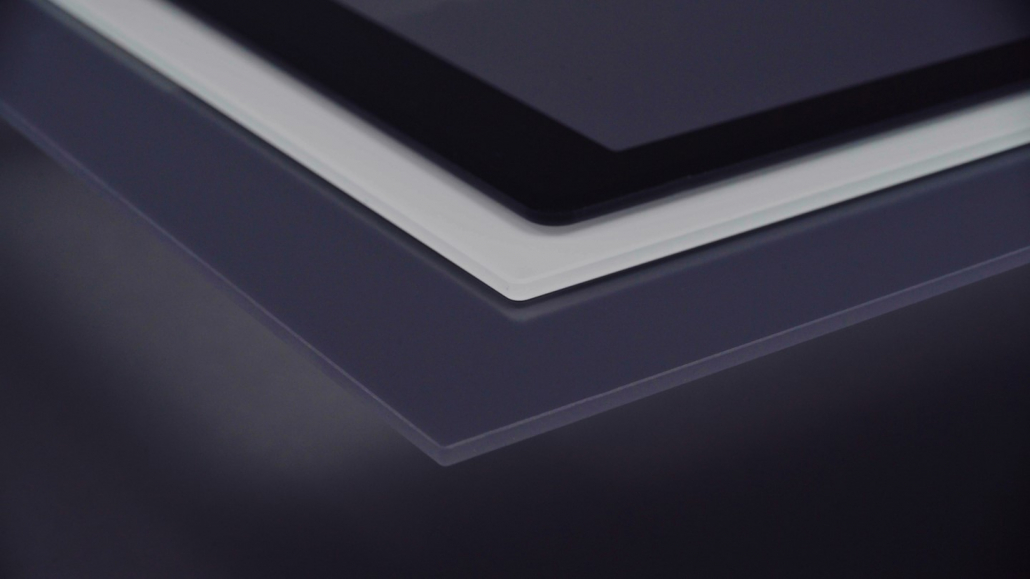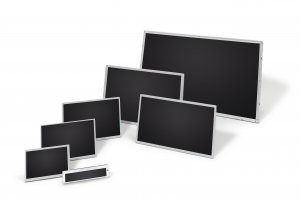How many times have you touched a glass screen today? Ten? Twenty? Thirty? More? Unless you’re actively monitoring your screen time, it’s barely even a consideration. But the kind of glass you interact with matters. The way it looks influences your experience of the screen, even if you don’t consciously realise it. And the coverglass has usually been designed for the optimum comfort of use – and style.
You see, glass doesn’t have to be dull and square. It’s a beautifully adaptable material, and very tempting to work with. Designers love it for its elegance of the material and the ease with which it can be machined into a desired shape. Plus, it can be printed with borders, symbols, indicators – neutral and functional, or colorful and fancy.

Modern technology offers a multitude of options to designers and appliance engineers. Regular glass, of course, but there are also hardened glass materials and sandwich composites, which provide extra stability, protection and safety. Each glass may have different qualities of impact resistance and even coloration, and even these affect where it may be used and how. For example, medical settings demand pure colors, but a fitness machine may use tinted glass to hide the display when it’s not in use.
Glass shaping is usually achieved using CNC machines and can create a world of free shapes, as well as, of course, forging openings in the glass for buttons or cable feeds. Edge treatments, such as C-shaping, can not only provide an attractive finish but offer additional stability in case of side impact. Most modern techniques even allow the 3D shaping of glass, and you might see these futuristic applications in car interiors, on the coverglass of a wristwatch, or even the front piece of a coffee machine.
Print can add function and design to a pure transparent glass substrate. Simple graphical elements can highlight the position or functions of embedded buttons or connectors. And full or semi-transparent print elements allow light indicators to shine through, providing essential alerts or information. Clever printing techniques can even disguise the display behind – hiding it from view when inactive, and making it appear once turned on.
Regardless of your creative or functional choices, all glass printing must suit its environment – whether that’s being fit for outdoor use without the print colors fading, scratch resistant or offering the finest nuances in colorations. This is good advice, not just for the print on glass, but the overall choice of materials and processes, and with a vast number of functional and design options to choose from, it pays to work with an expert. Our specialists have all the necessary knowledge (and more!) to evaluate every use case presented to them and can help you to make the perfect glass selection for your product.
Our experts are on hand to guide you in the creation of display or touch solutions that meet your requirements. Find out how Avnet Embedded can propel your product innovation and get in touch today.
Talk to the experts!
Let us know about your product or your challenge and our team will get in touch to discuss how we can help.




